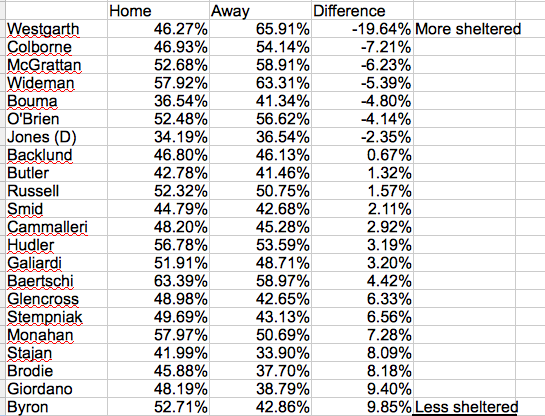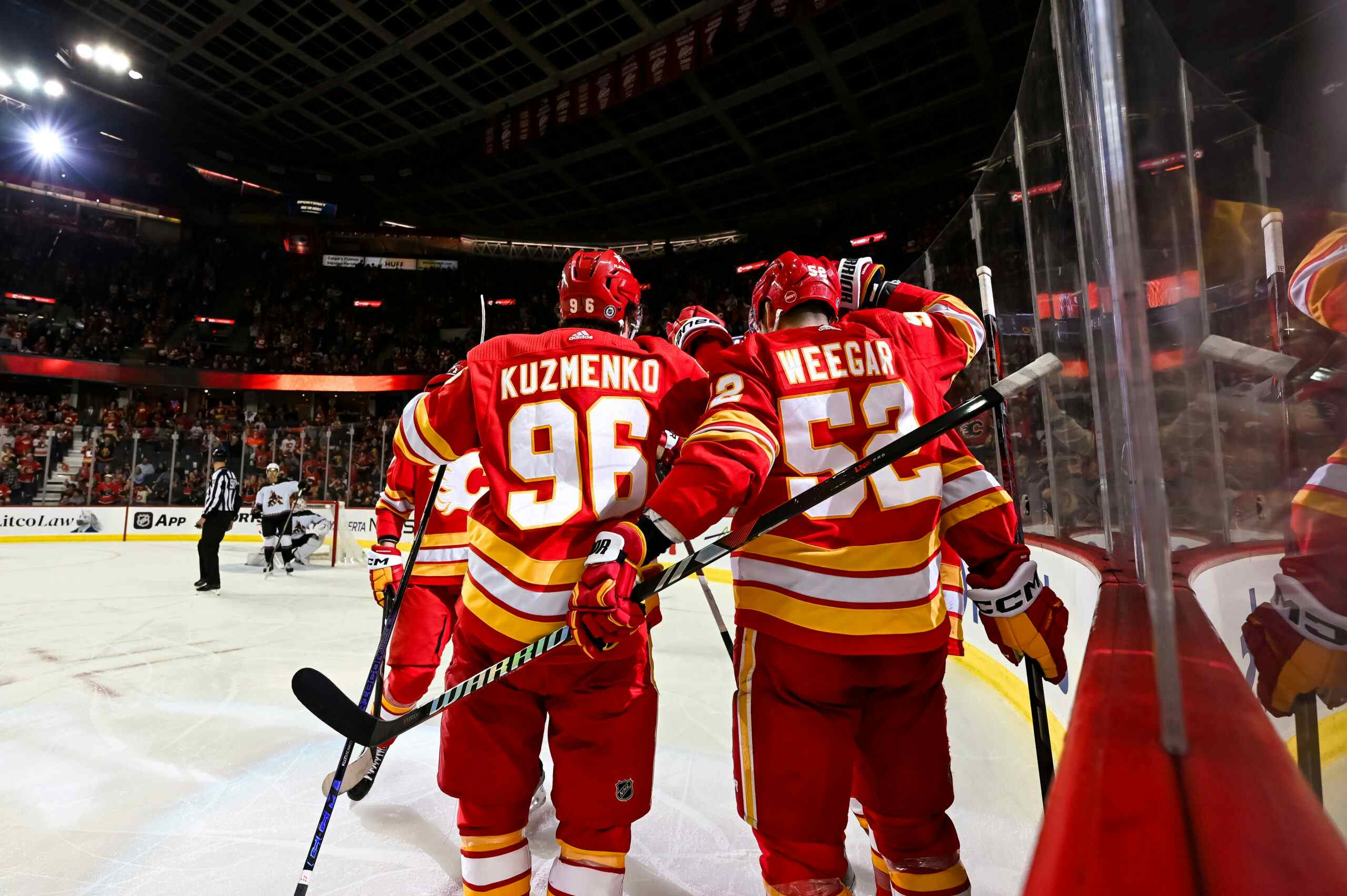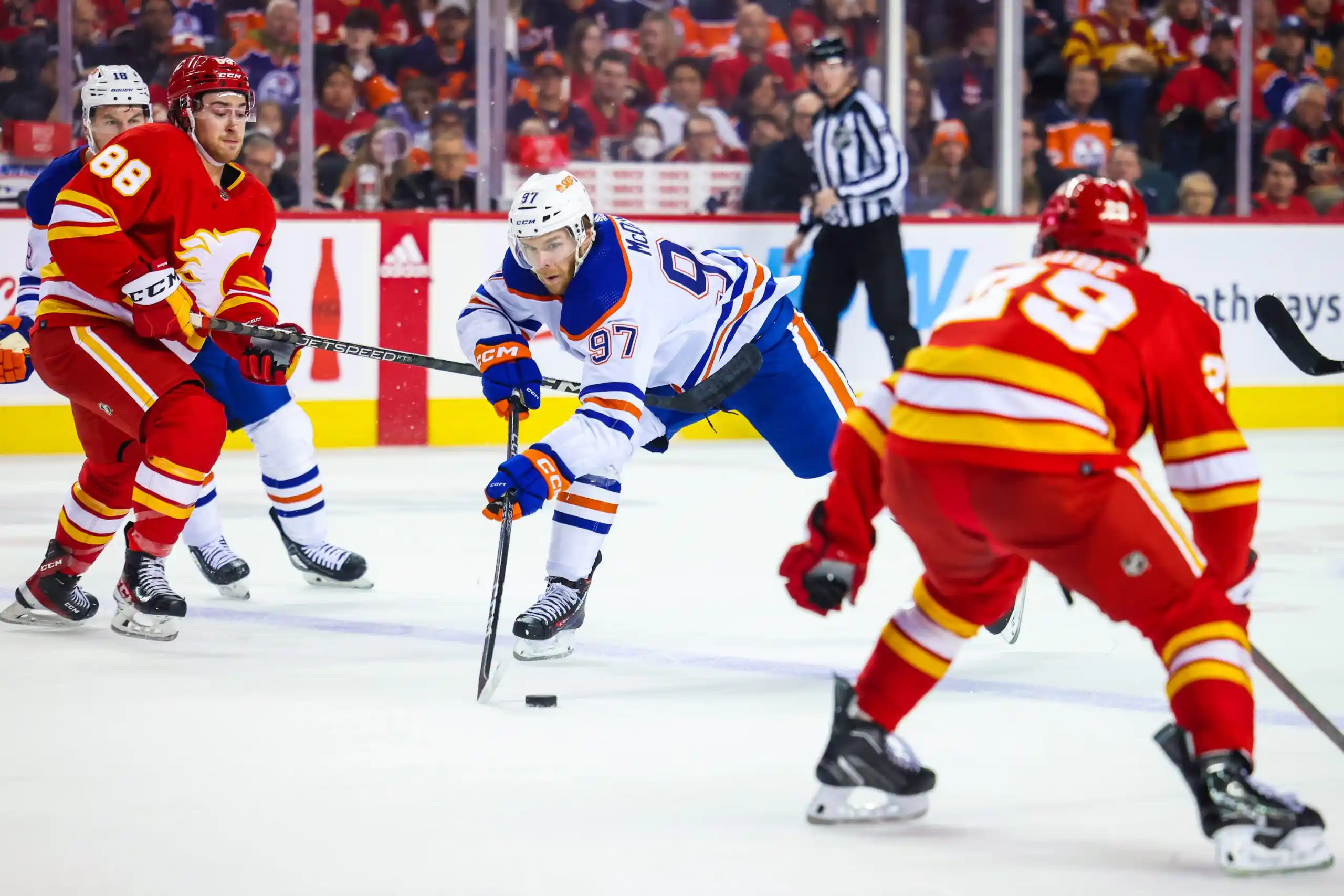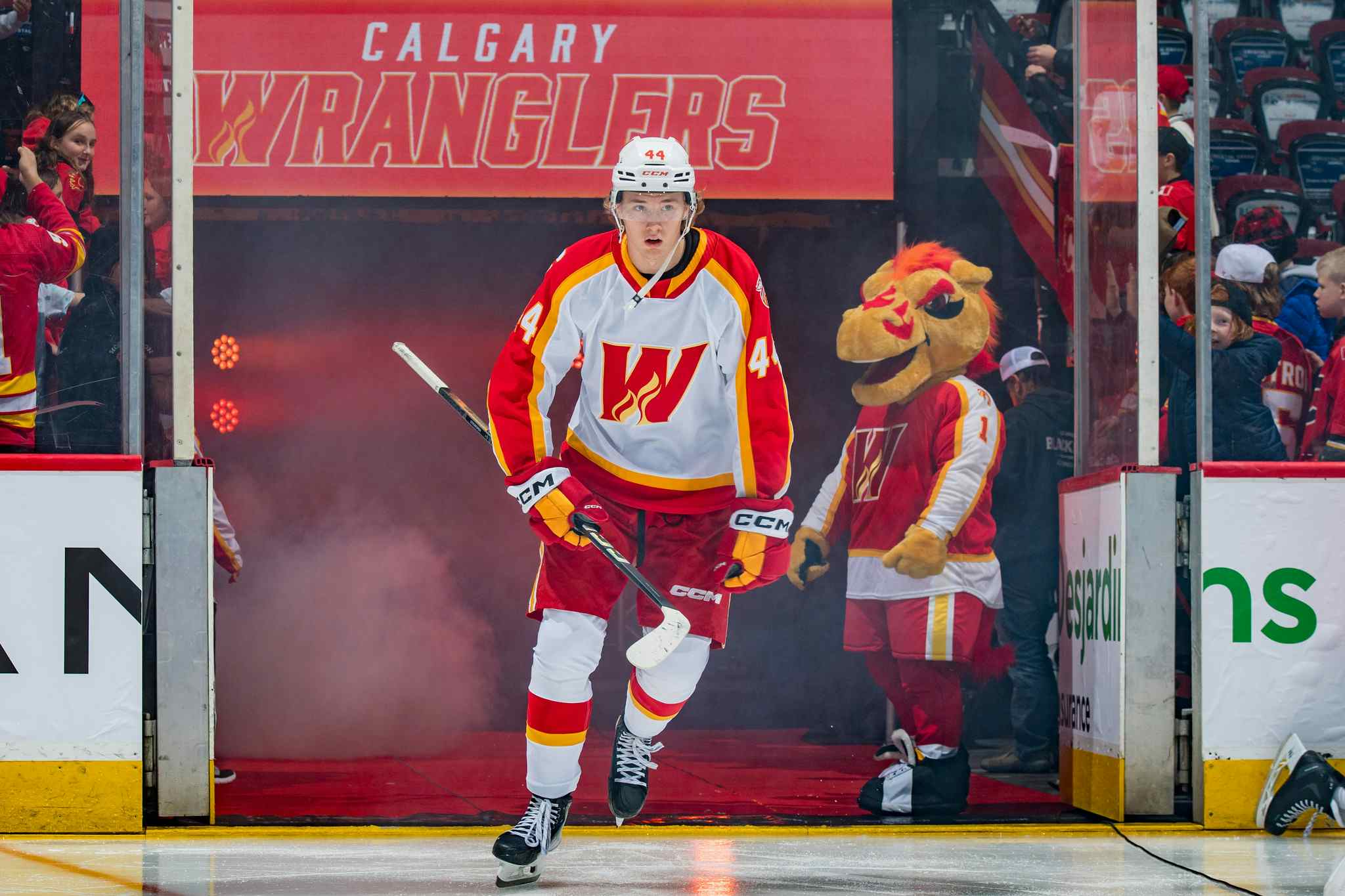The Home and Road Effect
By Ryan Pike
9 years agoCoaching in the National Hockey League is basically two sets of skills. At home, you need to effectively identify the other team’s weakest players and put your best players out against them in order to maximize your home ice advantage and last change. On the road, you need to cope with what happens when the other coach does that to you, and do your best to implement a game-plan to counter the disadvantage you face while on the road.
Over the course of the pre-season, in discussions with other media members, I noted that coaching against the Calgary Flames probably has a simple strategy: isolate their best possession players (Giordano, Brodie and Backlund) as much as you can and do what you can to run up the score when they’re not on the ice.
While no perfect measure exists quite yet to see if that is precisely the case, last year’s data from Hockey Analysis (and War on Ice) allows us to compare possession stats at home and on the road to see how differently each player is used and how their Corsi production changes as a result.
THE DATA
Primarily, I’m using data from the Hockey Analysis website. My method is reasonably simple. Limiting the analysis to players that played 100 or more 5-on-5 minutes last season both at home and away (sorry, Tyler Wotherspoon), I’m comparing their on-ice CorsiFor% and their Opponent’s on-ice CorsiFor% at home and on the road. It’s essentially a comparison of how the players performed and how good the players were that they performed against.
I would’ve liked to compare Zone Starts, too, but Hockey Analysis doesn’t have home and away splits for that data yet. (More on that later.)
THE EXPECTATIONS
As a coach, you want to maximize your advantage in match-ups as much as possible (or to counter the other team’s advantage as much as possible). Hence, as a home coach I probably put my best players out as much as I can (without tiring them out too much) in favourable circumstances – offensive zone starts against awful players on the other team. If I’m the other coach, I scramble to get my bad players off the ice as soon as I realize the other team’s best guns are out there. As such, from a coaching stand-point match-ups are a bit of a chess match throughout the game.
Generally-speaking, home teams are expected to win more often than not. Favourable match-ups are one reason. There are psychological and physiological reasons, too – they’re with their families, with their home crowd, sleeping in their own bed and not traveling. Heck, players at home know the boards in their own building and how the puck typically bounces.
THE RESULTS

Across the board, everyone saw tougher competition on the road, which is exactly as you’d expect. There was a pretty wide variation in possession stats across the board, though. A negative number in the “Difference” columns means that the figure is larger on the road than at home.
Biggest Opposition Production Difference (Face Better Players On the Road Than At Home)
- Shane O’Brien: -3.9% CF
- Sven Baertschi & Curtis Glencross: -3.2% CF
- T.J. Galiardi: -2.9% CF
- Mike Cammalleri & Dennis Wideman: -2.6% CF
Better Corsi At Home:
- Curtis Glencross: -7% CF (also less sheltered)
- Sven Baertschi: -5.4% CF (also less sheltered)
- Mark Giordano: -3.9% CF
Better Corsi On the Road:
- Joe Colborne: +5.5% CF
- David Jones: +4.9% CF
- Chris Butler: +3.4% CF
I have no clue why Colborne’s numbers are so much better away from home, but there we are, and Colborne played all season, so it’s not like sample size on the smaller end of the spectrum could skew things. My only guess is it’s an effect of his linemates – potentially players keyed in on Monahan or Hudler on the road than at home?
Overall, though, the data doesn’t seem to support the notion that Calgary’s three best players are any more “keyed in on” during road games than at home. They face about the same competition level in either situation and perform about as well relative to the rest of the club at home as they don the road.
For another view, here’s another metric…
CORSI REL COMPARISON
A slightly different measure of effectiveness, data via War-on-Ice. As above, I only compared regulars.
Home:
- Five Best: Giordano +14.61, Cammalleri +10.28, Backlund +7.47, Brodie +7.44, Hudler +6.24
- Five Worst: Butler -10.18, McGrattan -8.75, Smid -8.75, Bouma -7.92, O’Brien -5.91
Away:
- Five Best: Cammalleri +13.36, Hudler +9.34, Backlund +8.47, Giordano +7.49, Brodie +5.15
- Five Worst: McGrattan -10.71, Westgarth -10.11, Smid -9.34, Bouma -9.06, Butler -7.19
Again, it is roughly what you would expect, and despite some variation here, there’s no evidence to support the idea that Calgary’s big three are any better or worse at home or on the road. It’s the lesser lights on the team that are the beneficiaries of situational strength at home versus the road.
ZONE START COMPARISON
War on Ice has zone start comparisons for home and away games. This table is sorted by the difference between home and away; from the player that is more sheltered on the road relative to at home, down to the player that’s less sheltered on the road than at home.

Based on these results, I’d wager that the players that are less sheltered in terms of zone starts on the road probably get a bit more attention in terms of match-ups (and the opposite’s probably also true). In other words: Brodie and Giordano are used more explicitly on the road in terms of heavy defensive zone starts rather than targeted defensive match-ups (as they seem to be used at home).
Based on this, the coaching staff probably sees Brodie, Giordano, Stajan and Jones as the most effective purely defensive road players, while Backlund gets a bit more high ground. And holy heck, they must really worry about Westgarth and McGrattan. (As they probably should.)
SUM IT UP
In short: the data does suggest that it’s easier to shield players and provide favourable match-ups to certain players. However, the data also shows that despite some deployment differences between home and away games, for a decent chunk of players deployment scenarios don’t really matter.
Recent articles from Ryan Pike





